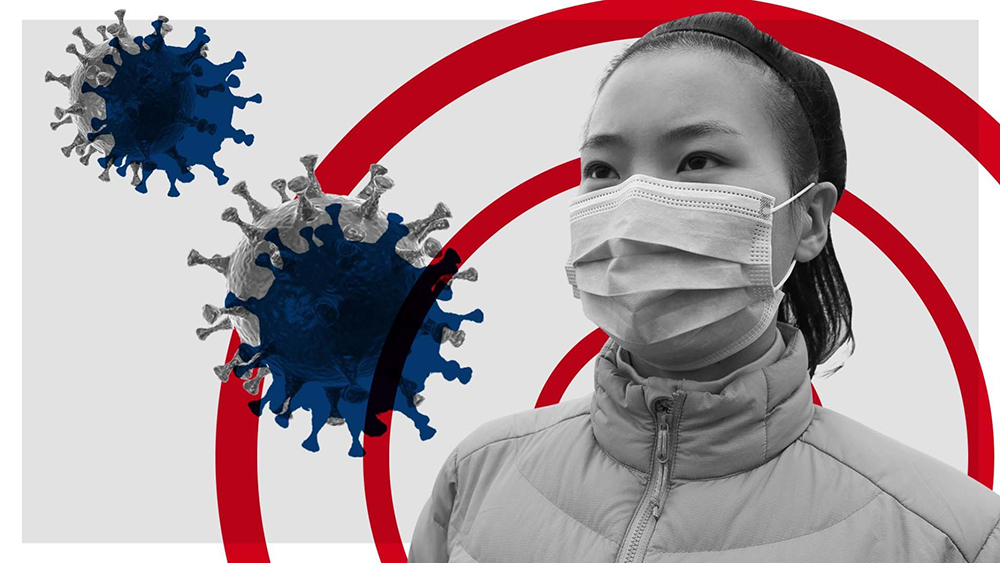In December last year, reports started to emerge that a corona-virus that specialists had never before seen in humans had begun to spread among the population of Wuhan, a large city in the Chinese province of Hubei. Since then, the virus has spread to other countries, both in and outside Asia, leading authorities to describe this as an outbreak. At the end of last month, WHO declared the situation to be a public health emergency. To date, the novel corona-virus - currently dubbed 2019-nCoV for short - has been responsible for 31, 211 infections in China and 270 across 24 other world countries. In China the virus has so far caused 637 deaths. It also led to one fatality in the Philippines.
But what do we really know about the virus? And how is it likely to affect the global population? Media platforms have contacted the WHO, used the information that public health organizations have offered, and looked at the newest studies that have featured in peer-reviewed journals to answer these and other questions from our readers.

1. What is the new virus?
2019-nCoV is a corona-virus, Corona-viruses are a family of viruses that target and affect mammals' respiratory systems. According to their specific characteristics, there are four main "ranks" of corona-viruses, which are called alpha, beta, delta, and gamma.
Only two corona-viruses have previously caused global outbreaks. One was SARS virus first started spreading back in 2002 in China and died off in 2003. The other was MERS or Middle East respiratory syndrome corona-virus which emerged in Saudi Arabia in 2012. This virus has affected at least 2494 people since then.
2. Where did the virus originate?
When humans do become infected with a corona-virus, this typically happens via contact with an infected animal.
Some of the most common carriers are bats, although they do not typically transmit directly to humans. Instead, the transmission might occur via an "intermediary" animal, which will usually - though not always - be a domestic one.
The SARS corona-virus spread to humans via civet cats, while the MERS virus spread via dromedaries. However, it can be difficult to determine the animal from which a corona-virus infection first starts spreading.
In the case of the new corona-virus, initial reports from China tied the outbreak to a seafood market in central Wuhan. As a result, local authorities closed down the market on January 1.
However, later assessments have since suggested that this market was unlikely to be the single source of the virus outbreak, as some of the people infected with the virus had not been frequenting the market.
Specialists have not yet been able to determine the true source of the virus or even confirm whether there was a single original reservoir.
3. How is the virus transmitted?
While it likely originated in animals, the transmission of the new corona-virus from person to person can occur, though many questions about its transmission remain unanswered.
According to the WHO spokespeople who responded to MNT queries, "researchers are still studying the exact parameters of human to human transmission."
"In Wuhan at the beginning of the outbreak, some people became ill from exposure to a source, most likely an animal transmission between people," they explained.
Doctor also said that there had been some anecdotal evidence that people who carry the virus but do not, as yet, present any visible symptoms may still pass it on to others.
However, the likelihood of asymptomatic infection and its possible effect on the outbreak remain unclear.
4. How does it compare with other viruses?
Researchers from Chinese institutions were able to use state-of-the-art genome sequencing tools to identify the DNA structure of the novel corona-virus.
It has emerged that 2019-nCoV is most similar to two bat corona-viruses known as bat-SL-CoVZC45 and bat-SL-CoVZXC21 - its genomic sequence is 88% the same as theirs.
The same study shows that the new virus's DNA is about 79% the same as that of the SARS and about 50% like that of the MERS virus.
5. What are its symptoms?
Current information suggests that the virus can cause mild, flu-like symptoms, as well as more severe disease. Most patients seem to have mild disease, and about 20% appear to progress to more severe disease, including pneumonia, respiratory failure, and , in some cases, death.
6. How can we prevent infection?
Official WHO Prevention guidelines suggest that to avoid infection with the virus, individuals should apply the same practices for personal hygiene that they would to keep any other virus at bay.
According to the WHO spokespeople who replied to MNT queries: " Standard recommendations to prevent infection spread include regular hand washing, covering mount and nose when coughing and sneezing, thoroughly cooking meat and eggs. Avoid close contact with anyone showing symptoms of respiratory illness, such as coughing and sneezing.
As for makes, people should cover the nose and mouth and be tightly secured. People should thoroughly wash their hands before putting on a new mask, make sure that they dispose of used masks appropriately, and clean their hands once again after removing them.

Contact :
Website: http://www.pusm-medical.com/
Email: info@pusm-medical.com
Tel: +86 - 24 - 23519517
WhatsApp: +86 1399 8124 587